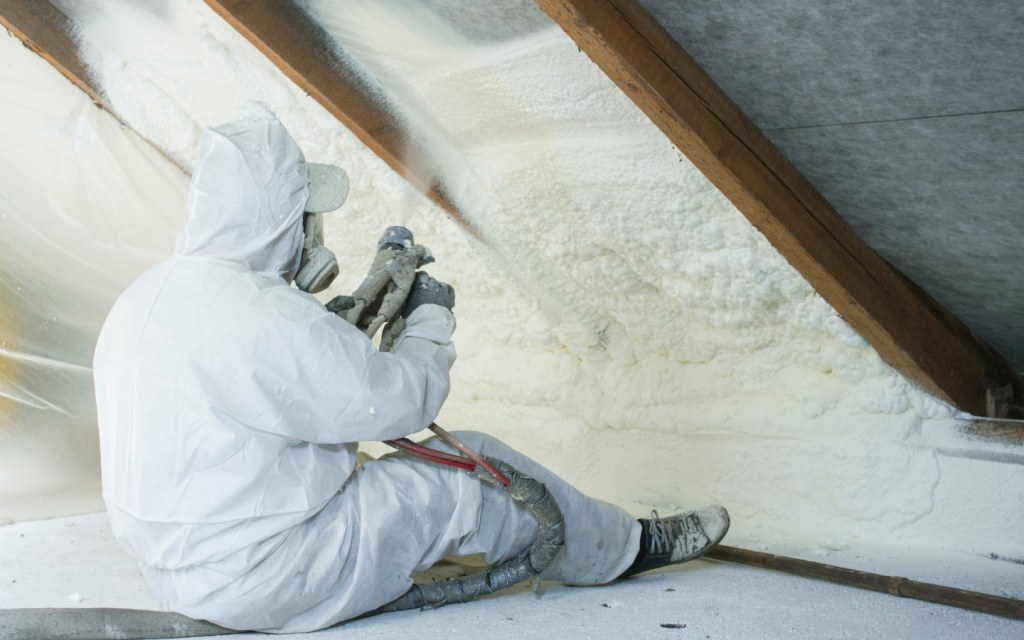Design trends in modern commercial construction are constantly evolving, reflecting changes in society’s needs, technological advancements, and sustainability goals. One trend that has emerged in recent years is the emphasis on creating spaces that promote well-being, productivity, and collaboration. This has led to the incorporation of natural light, green spaces, and flexible layouts that can adapt to different workstyles.
As modern commercial construction continues to evolve, it’s essential to stay up-to-date on the latest design trends. Here are five design trends that we believe are leading the way in modern commercial construction:
- Sustainable Materials
One of the most prominent design trends in modern commercial construction is the use of sustainable materials. With an increased focus on environmental sustainability, architects and designers are now prioritizing materials that have a lower environmental impact. Sustainable materials such as bamboo, recycled plastic, and reclaimed wood are becoming increasingly popular, as they are not only environmentally friendly but also offer unique and attractive design options.
- Open Concept Spaces
Gone are the days of closed-off, cubicle-style workspaces. Modern commercial construction now prioritizes open concept spaces that foster collaboration and communication between employees. This design trend involves removing walls and other physical barriers, creating a more fluid and flexible workspace that can adapt to changing needs. Open concept spaces also allow for more natural light to flow throughout the building, which has been shown to improve employee productivity and well-being.
- Smart Technology
As technology continues to advance, so do the possibilities for integrating it into modern commercial construction. Smart technology can be used to improve energy efficiency, security, and productivity in commercial buildings. For example, smart lighting systems can automatically adjust lighting levels based on occupancy, while smart security systems can monitor and control access to the building. Additionally, the integration of smart technology can improve the overall user experience, making it easier for employees and visitors to navigate the building and access information.
- Biophilic Design
Biophilic design is a trend that focuses on incorporating nature and natural elements into the built environment. This design trend has been shown to improve employee well-being, productivity, and creativity. Incorporating biophilic elements into modern commercial construction can include the use of natural materials, such as wood and stone, as well as incorporating plants and greenery throughout the building. Biophilic design also often involves maximizing natural light and views of the outdoors.
- Flexibility and Adaptability
With the rapid pace of technological and societal change, modern commercial construction must be designed with flexibility and adaptability in mind. Flexibility and adaptability can involve designing spaces that can be easily reconfigured as needs change, such as the use of movable walls and furniture. It can also involve designing buildings that can easily incorporate new technologies or adapt to changes in environmental conditions. By prioritizing flexibility and adaptability, modern commercial construction can be designed to meet the changing needs of businesses and their employees.
In conclusion, staying up-to-date on the latest design trends in modern commercial construction is essential for businesses that want to create an attractive, functional, and sustainable workspace. By incorporating sustainable materials, open concept spaces, smart technology, biophilic design, and flexibility and adaptability, businesses can create a workspace that meets the needs of their employees and the environment.




